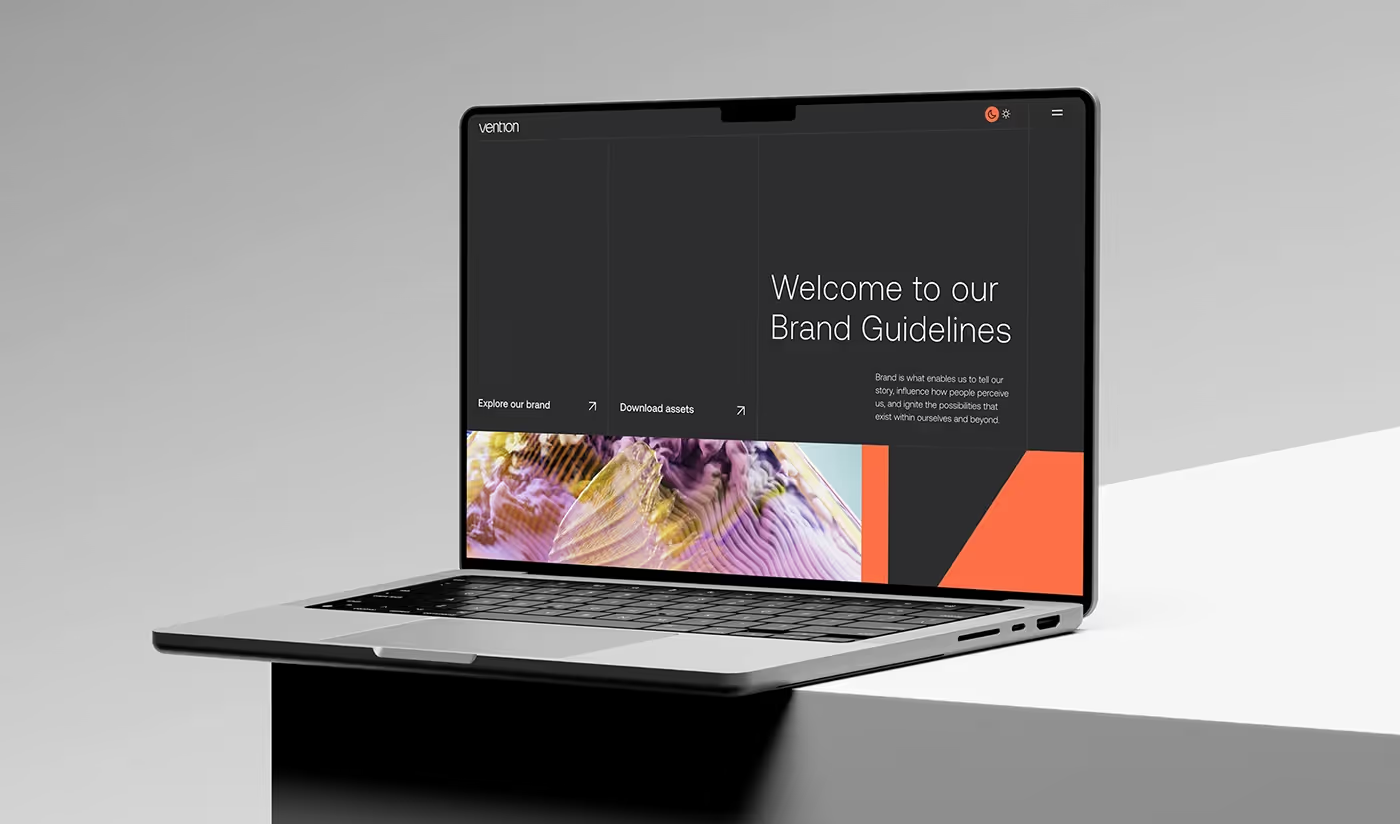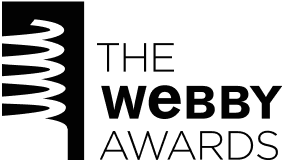Vention
Headquartered in New York, with 20+ offices and 3,000+ developers worldwide, Vention helps leading companies accelerate their product vision and scale tech operations. To match the growing influence and sophisticated client base, the company initiated a global rebranding process. Learn more on the rebrand
Brand Identity
Design System
UI/UX
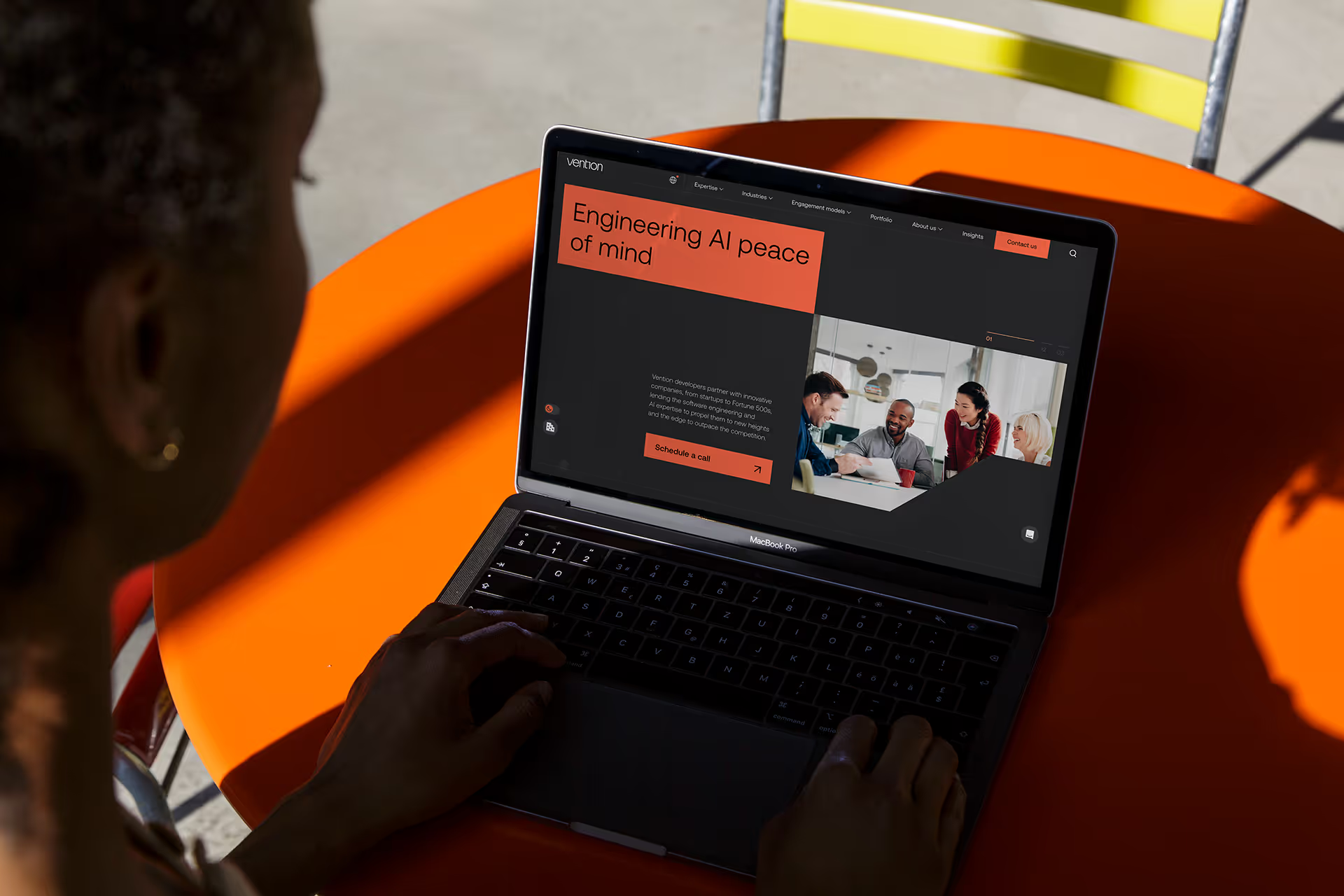

Our Brand team partnered with Pentagram, the world’s largest independent design consultancy, to shape the foundational elements and adjust brand strategy.
As a UI/UX designer, I took a key role in the rebranding project — from developing a consistent design system to creating a library of versatile website modules to designing modern service-selling pages. In the initial phase of pushing forward the new identity we delivered a 200+ pages website overhaul within a tight timeframe of 2.5 months.
The result was a dynamic, high-performing company website that aligned perfectly with the business goals.
200+
pages were redesigned for the rebrand launch
55+
revisioned layout modules were created
2.5
months for a complete website overhaul
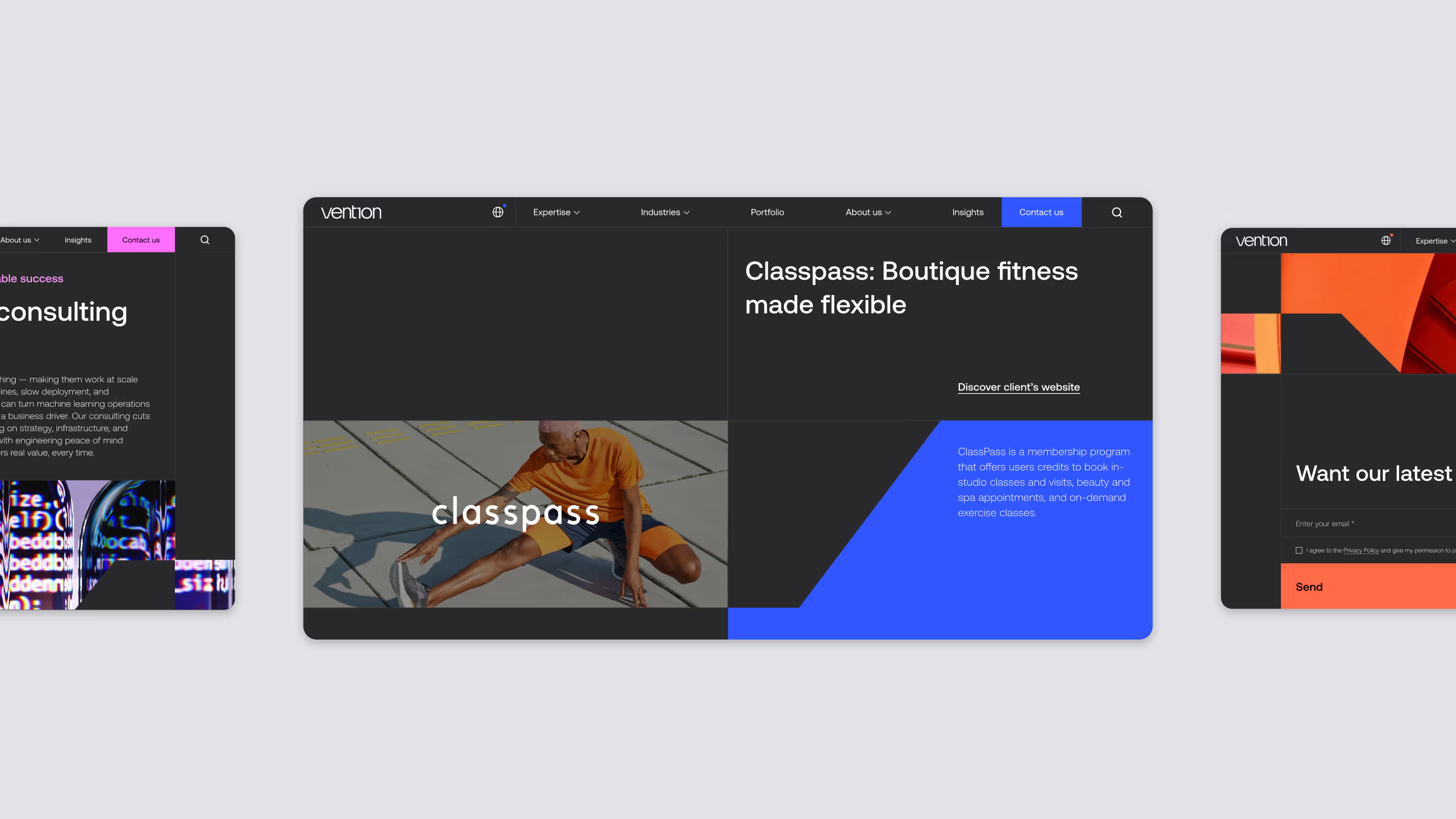
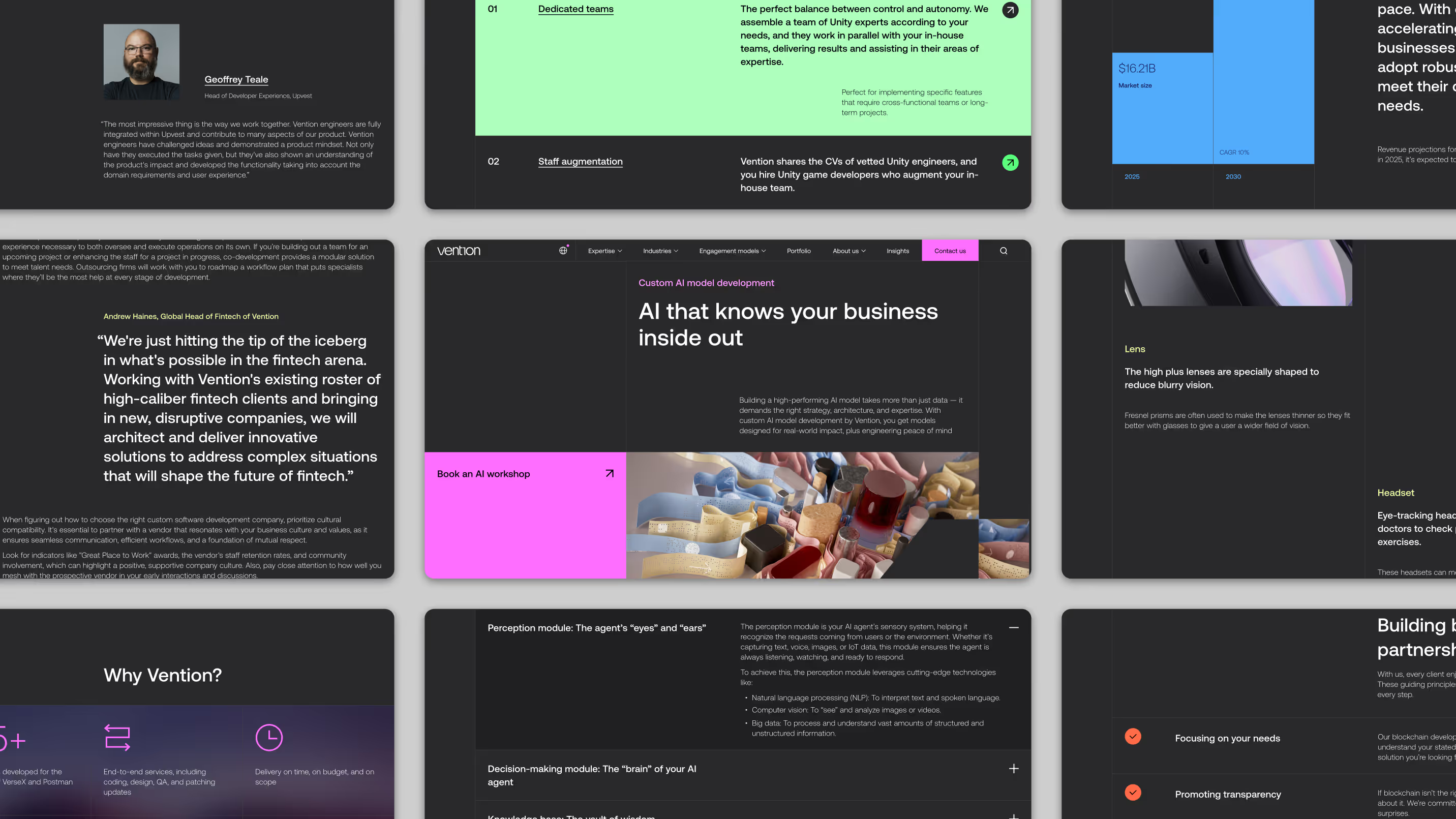
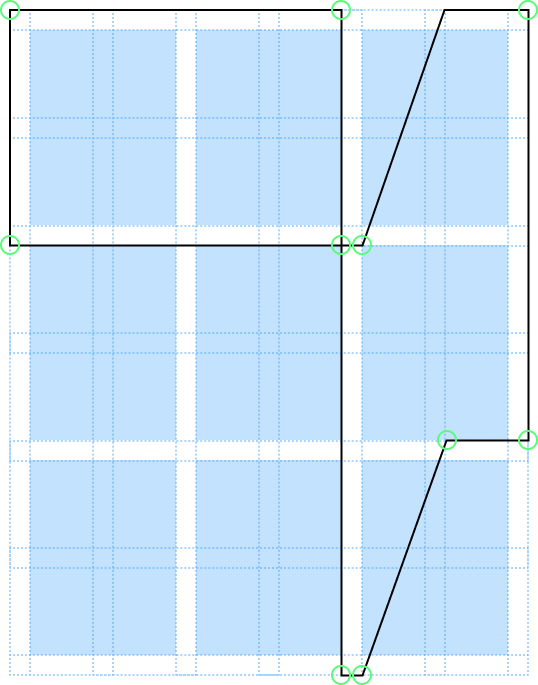
In the brand design approach we honored the dynamic geometry at the core of the new identity. The visual system is based on a ‘Dynamic V' and can be reconfigured to any given layout, using the flexible grid system.
The website and blog earned several Honorable Mentions from Awwwards for their design and execution, and also gained awards from Webby, Readymag and Mindsparkle.
Blog article page
Beyond main brand website, I teamed up on designing an internal knowledge base for employees on SharePoint platform, and built functional, animated pages on platforms like Readymag and Webflow.
I closely collaborated with a development team to ensure consistency, always being able to consult on a technical part of the design implementation.
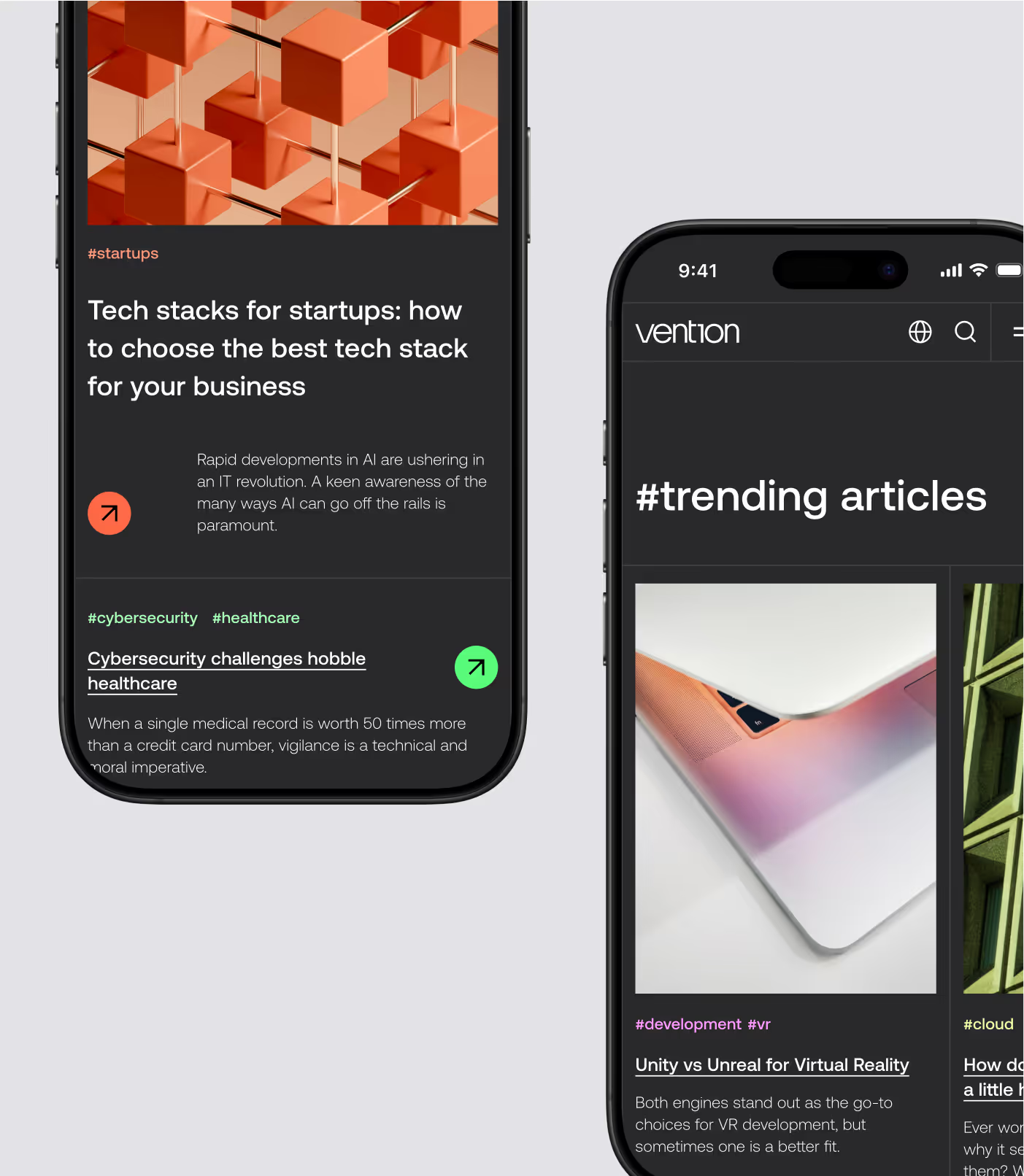
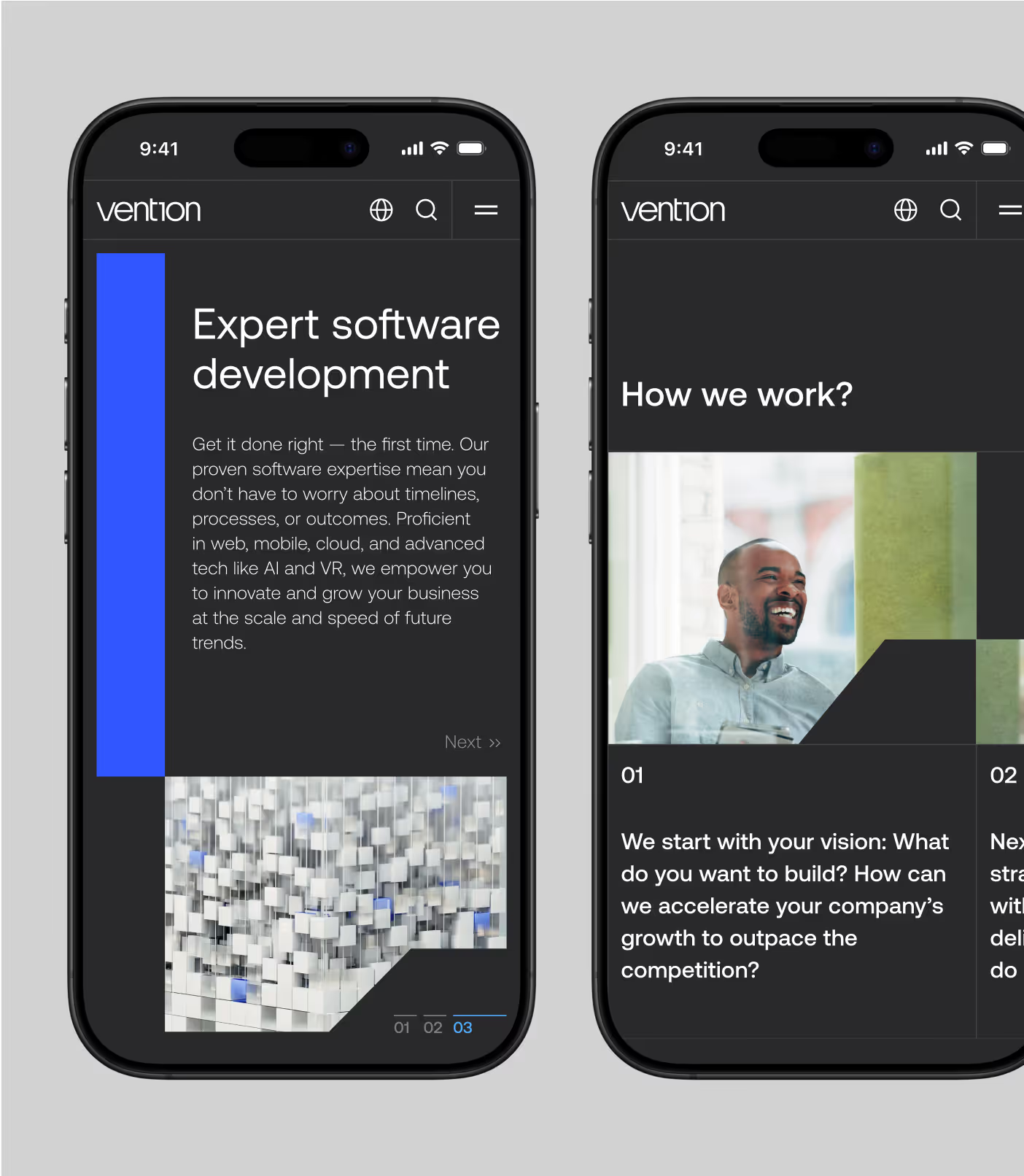
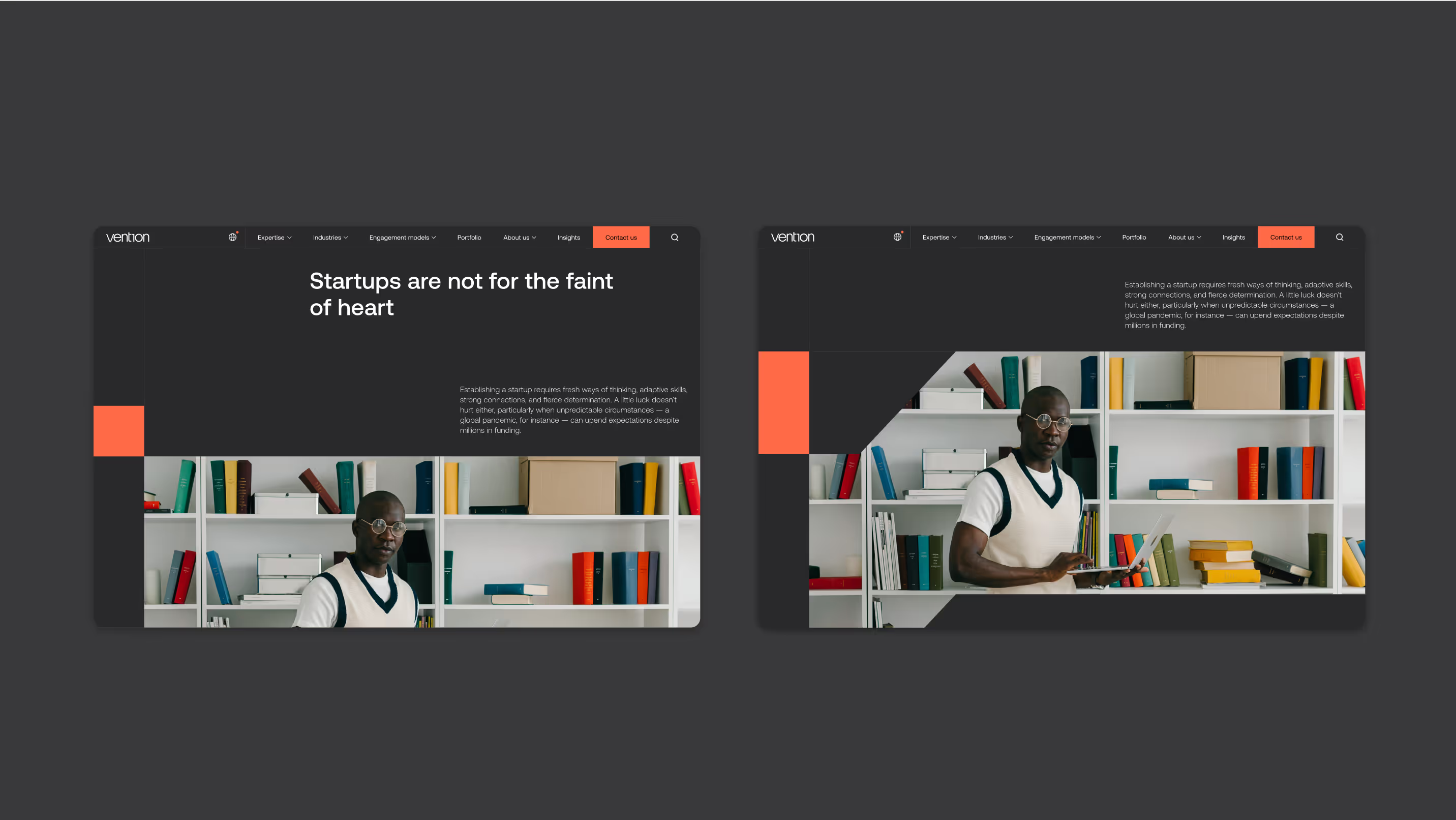
Blog pillar page
Based on continuous user tests and interviews, I delivered UX updates by creating more intuitive, user-friendly interfaces and customer interactions. That included boosting website navigation, optimising layout efficiency, enhancing careers microsite, and more.
One of my favorite UX challenges was navigation revamp project. Navigation 1.0 that came with the first release copied the legacy approach. It showed low engagement with the menu content and confusing UX, considering the presence of industry-related pages having their own link structure. Mobile navigation improvements were much needed too.
The goal was to improve menu navigation to increase user interaction, improve content discovery, and create distinct sub-navigation for industry microsites.
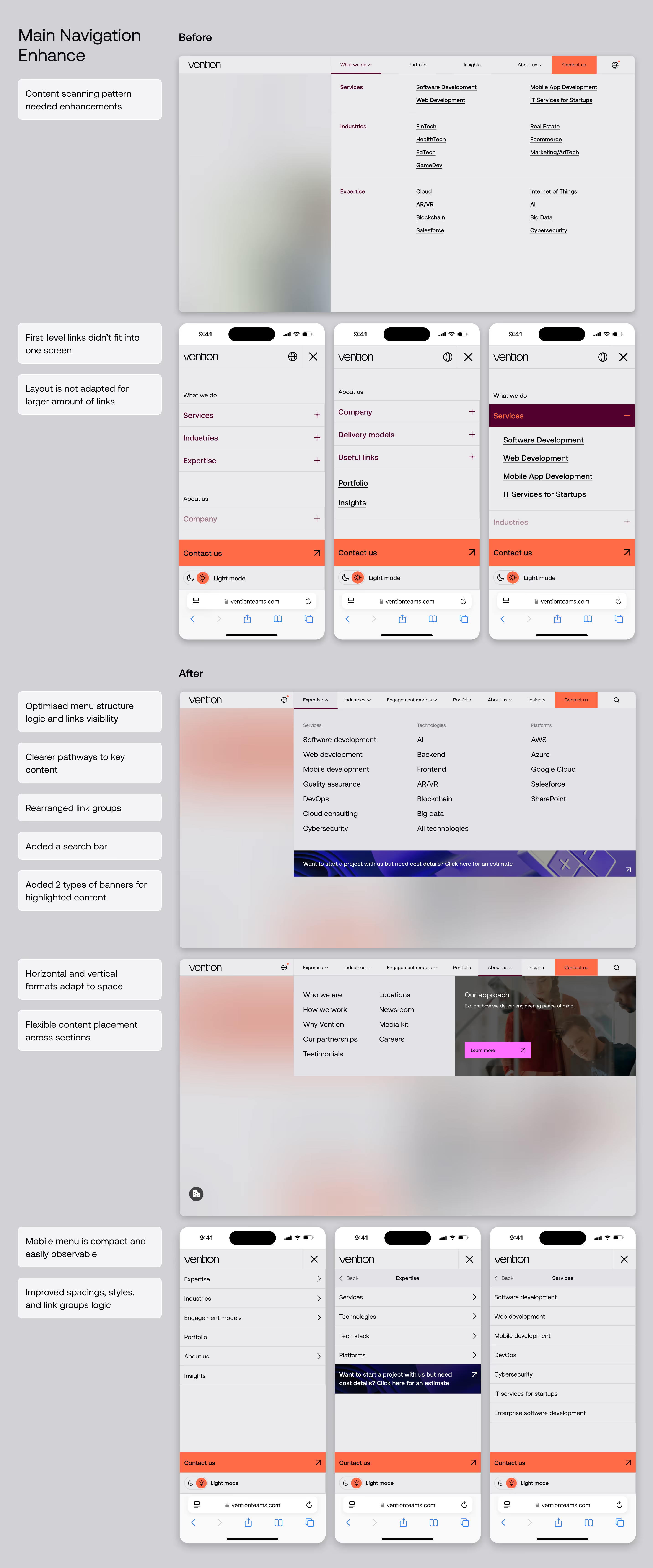
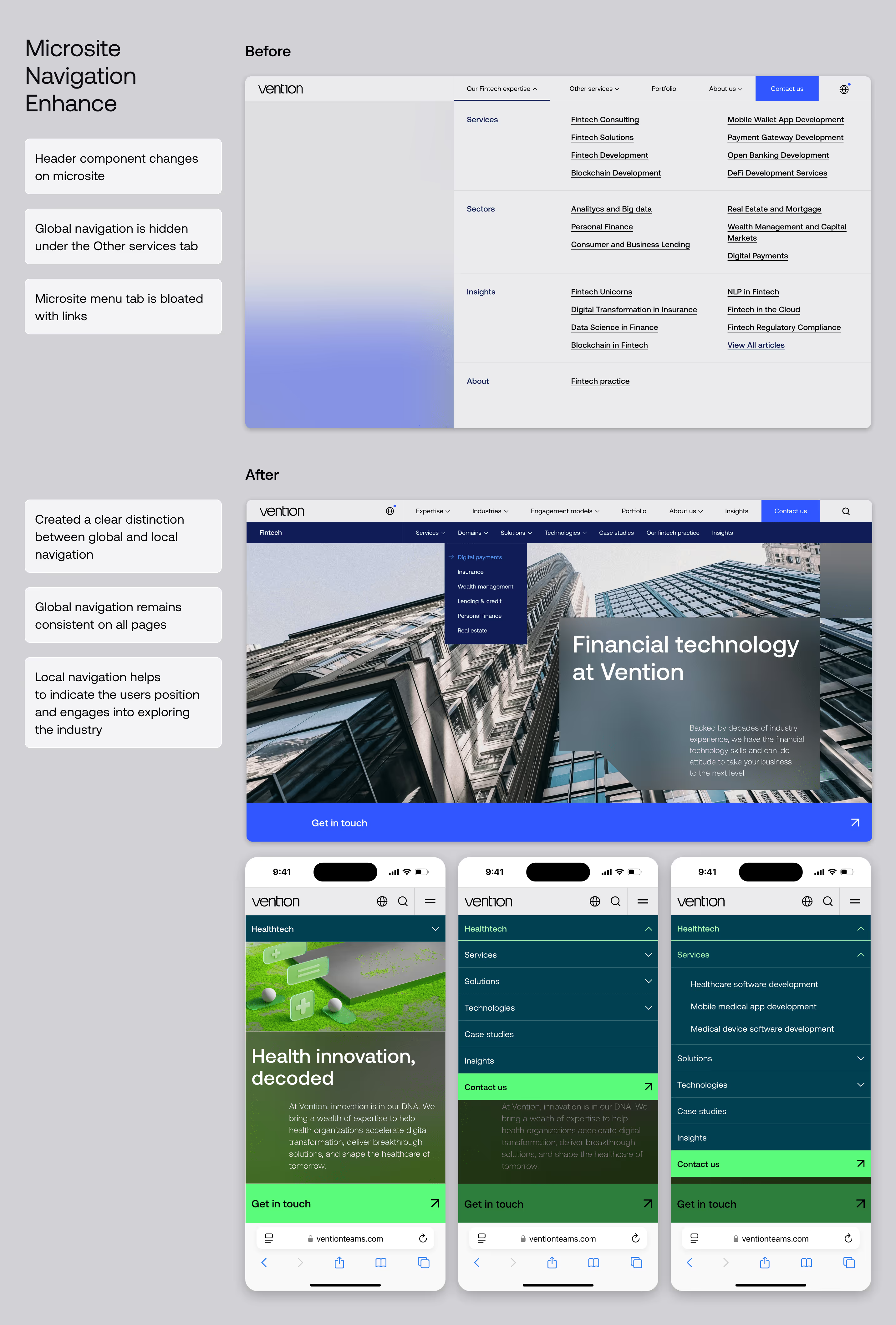
Desktop menu
↑ 12.7%
Users clicked on Menu
↑ 10.1%
Total Menu clicks
Mobile menu
↑ 20.8%
Total users
↑ 16.8%
Users clicked on Menu
↑ 5.6%
Total Menu clicks
Here you can see the breakdown of how desktop vs. mobile users interact with the menu.
The new navigation has a positive impact on both types of devices, but the impact is much greater on mobile.
To ensure long-term brand consistency, our team designed a custom brand portal — a centralized hub for guidelines, templates, and assets — enabling seamless adoption across global offices.
Beyond functionality, we prioritized interactivity, allowing users to play around with typography, color combinations, logo scaling, and more — making the adoption process smoother and more engaging.
